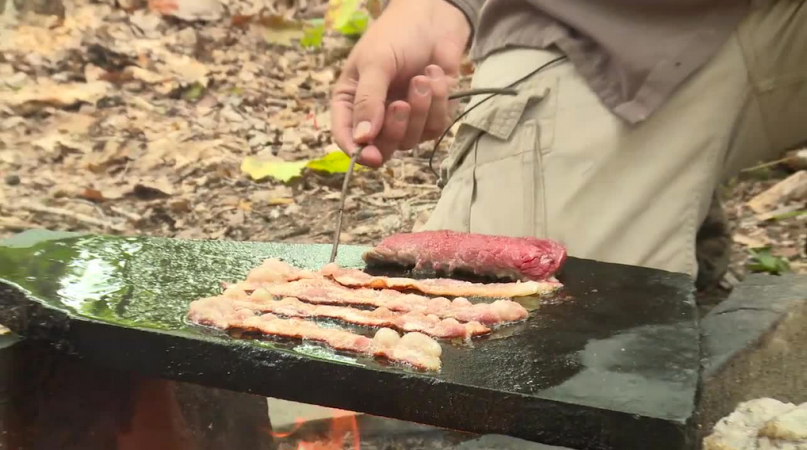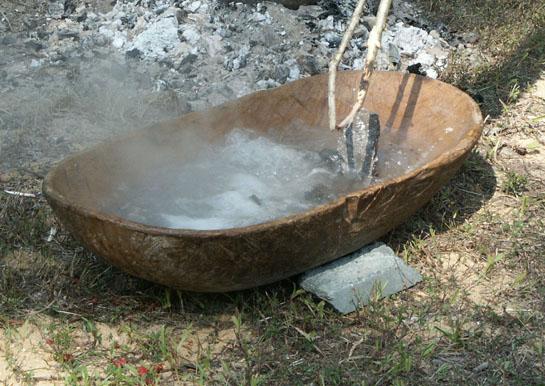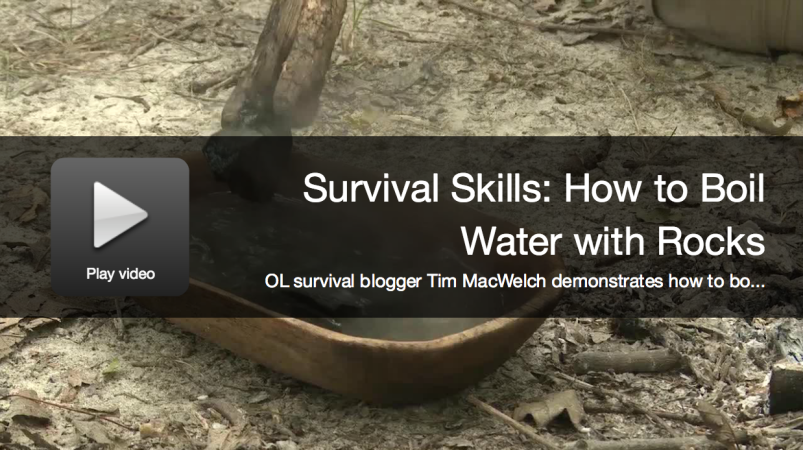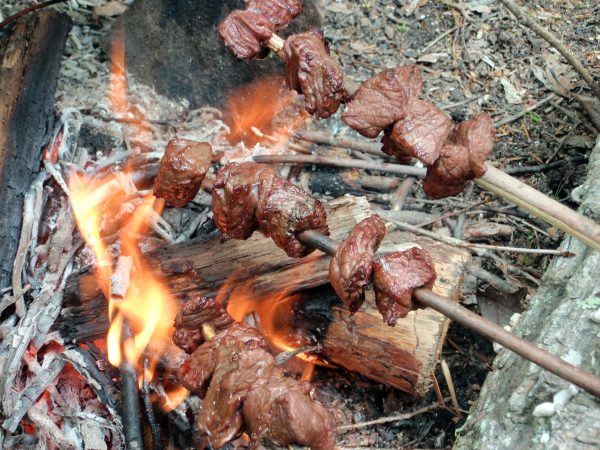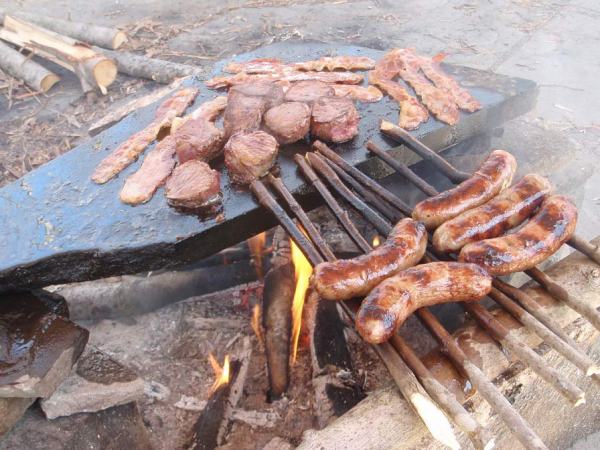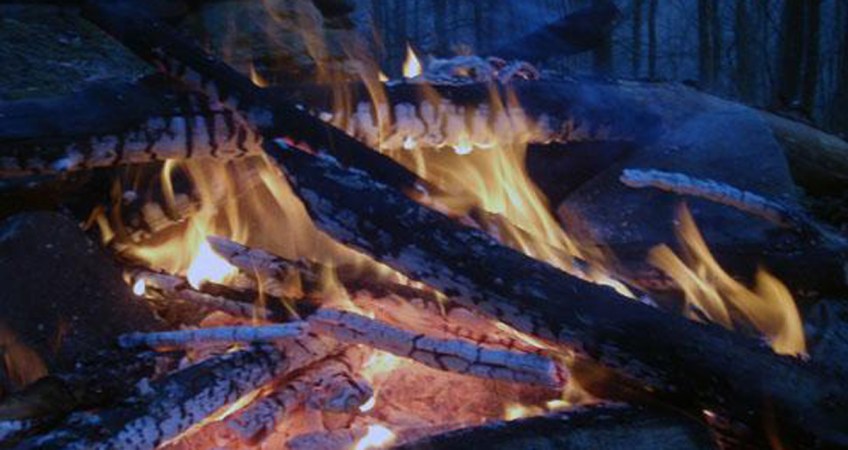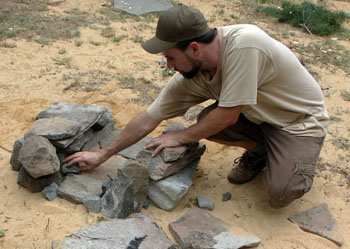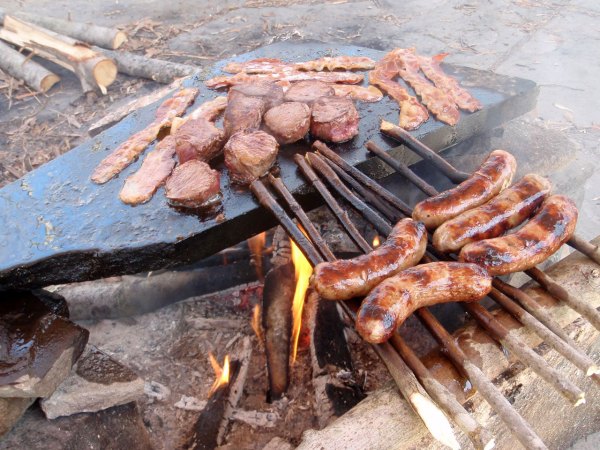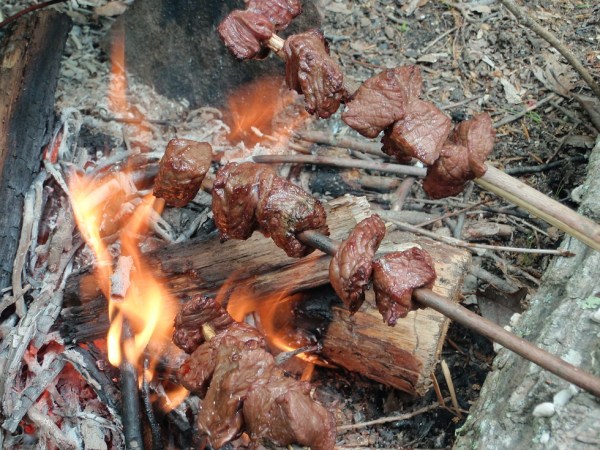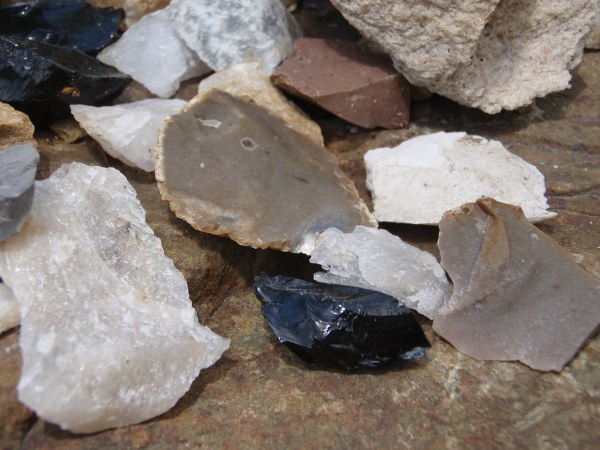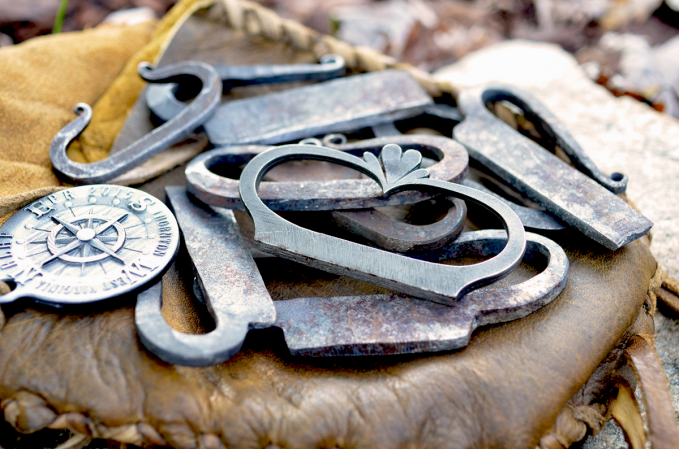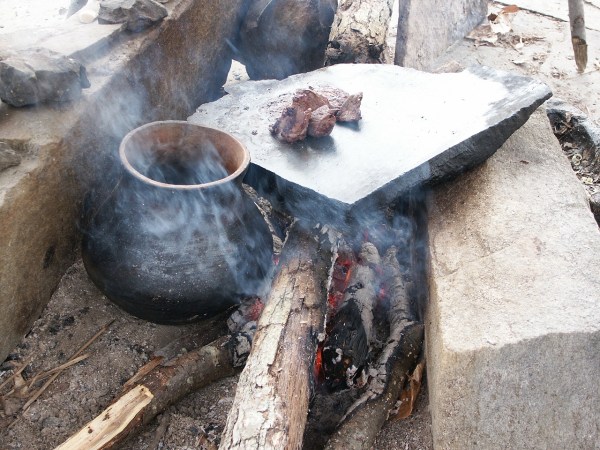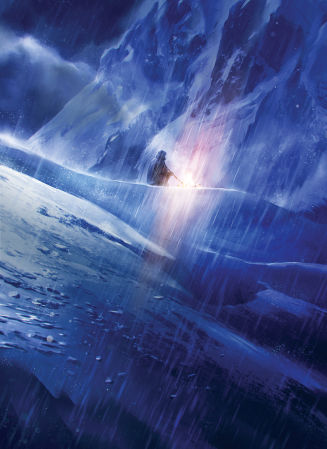Did you know that a rock full of moisture, when placed in or over a fire, can explode like a grenade?
It’s true, and with that disclaimer out of the way, we can now talk about the right way to use a low-tech, backwoods rock frying pan.
To get started on your culinary adventure of “rock frying,” you’ll need a flat or concave stone that is about an inch thick, and is not too gritty or rough. Gritty sandstones and other rough-surfaced stones will make frying very difficult. Quartz, obsidian and other “glassy” looking stones are prone to exploding. Slate and shale will have the right thickness, but they also trap water inside and are very likely to pop or explode.
Limestone, some of the greenstones, granite, soapstone and other meta-sedimentary rocks will make for the best frying rocks throughout most of the U.S. But make sure you never select rocks near or out of water. Even if they are the right type of rock to make a frying pan, they will probably blow up from the trapped water inside.
If you’re not sure about the rock, it’s always smart to test it. Lob the stone in question into a good sized campfire and walk 100 feet away. As the fire heats the rock and then dies down, these temperature extremes will tell you if your particular rock might blow up (it will do so within 20 minutes), or if the rock is a crumbler, turning to sand and grit as it cools down.
Once you’ve picked a winner your next step is to set the rock securely on 3 or 4 fireproof legs, so that the underside of the rock frying pan is about a foot off the ground. If the rock is too low to the ground, you cannot maintain a decent fire underneath. The rock can be propped up on a stand of other rocks, or it can be situated over a trench in the dirt with the fire underneath. Just make sure that the rock can’t fall over, and that there is ample airflow for the fire.
You can level the rock by pouring a few spoonfuls of water in the center of the rock. The water will run off the low side of the pan, so you can slip small stone chips under the low side of the frying pan to level it up.
Now, you’ll need to build up a fire under the rock so that the flames are touching the underside of the rock, or even curling up around the edges of the rock. Build up a bed of coals and keep feeding in small twigs and sticks to keep the flames rolling.
You will need to maintain flames for frying, and believe me, you can fry all kinds of food. Fish, red meat, vegetables and fry bread are just some of the foods that this method can cook wonderfully. As a testament to the quality of this ancient cooking method, it is still being used in modern times here and there across the world.
**
Tips for rock frying:**
A slight depression in the stone’s surface will hold oil for better frying. A flat, thin, smooth rock with a shallow depression in the “frying area” is your ideal frying rock. The heat will probably break the rock eventually, all you can do is hope it’s not while you’re cooking.
When you are finished cooking, let the rock cool slowly on its own. Don’t try to wash it until it is cold.
Again, quartz, glassy looking rocks, slate, shale and wet river rocks are NOT to be used.
Have you used a rock for frying? Share your tips in the comments.

